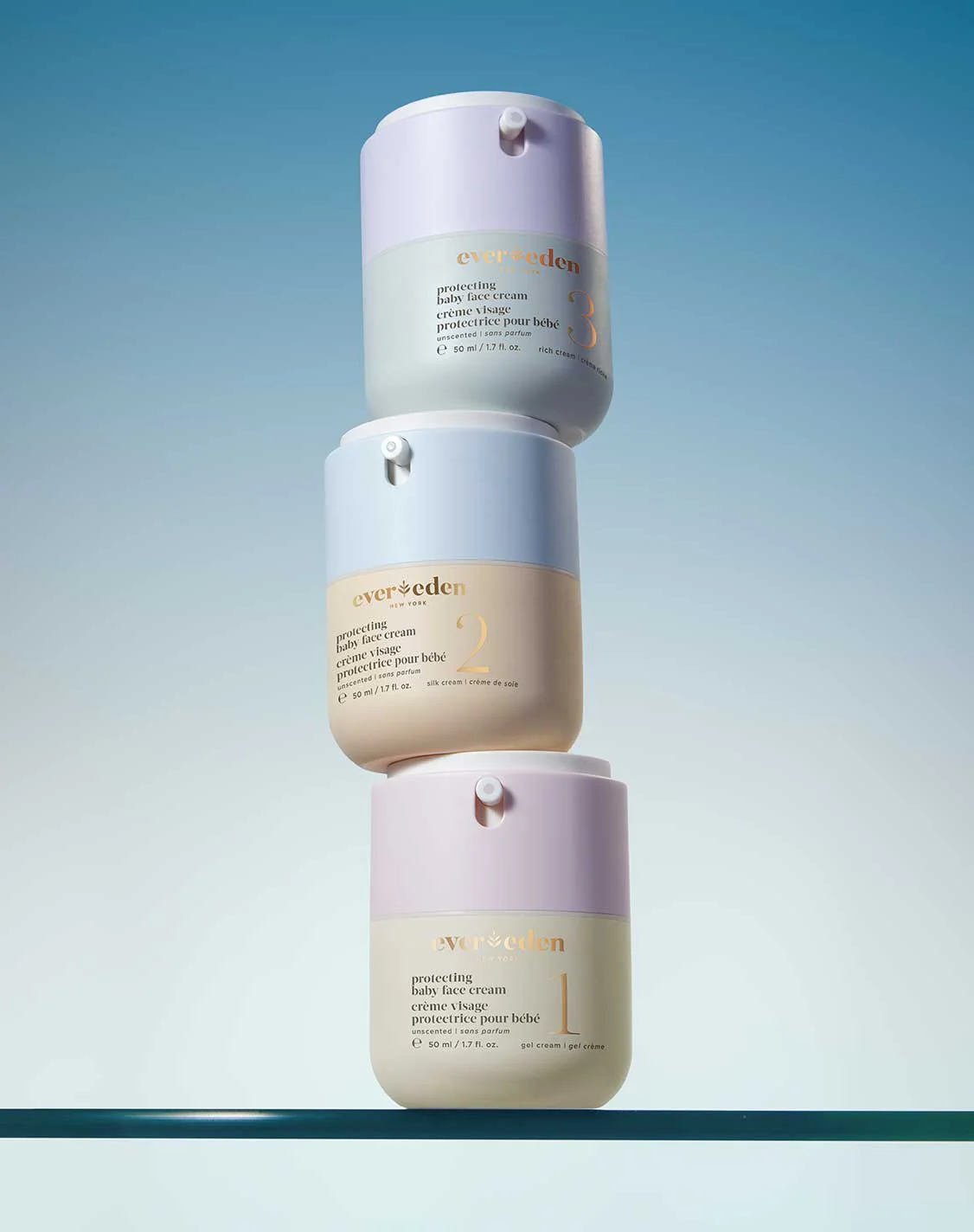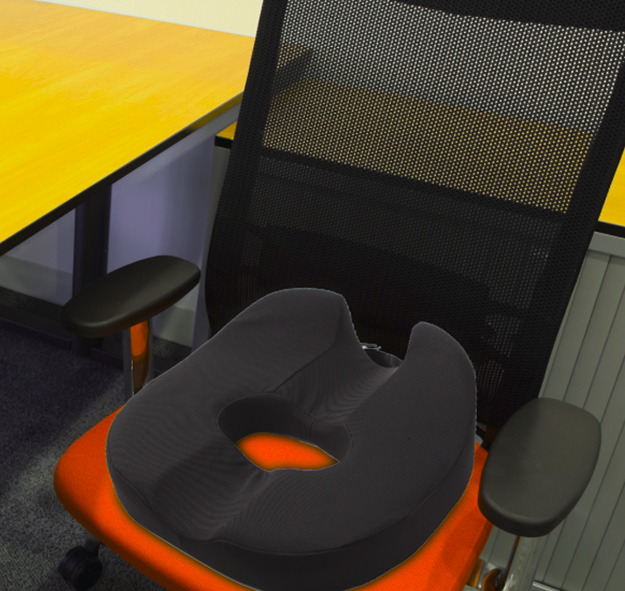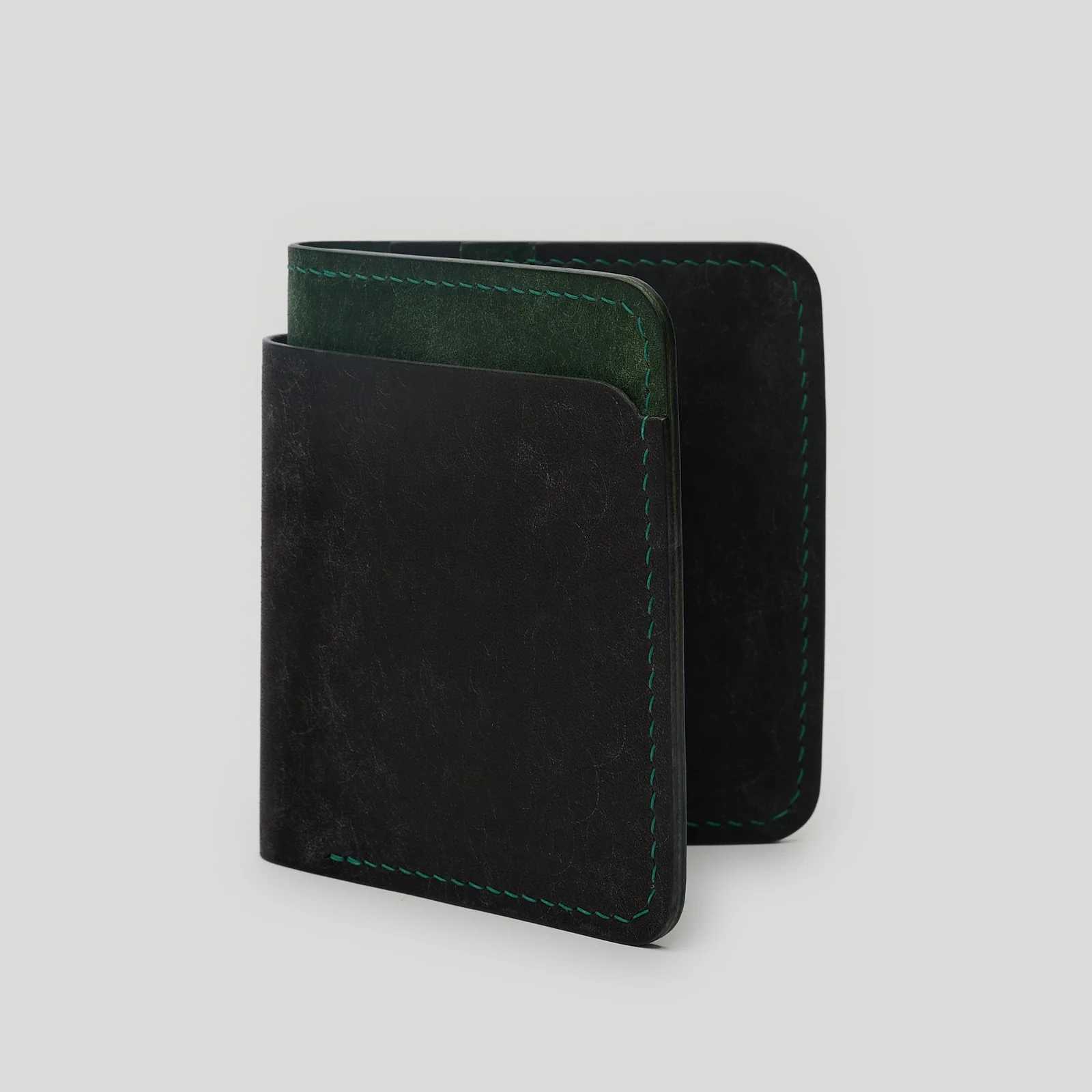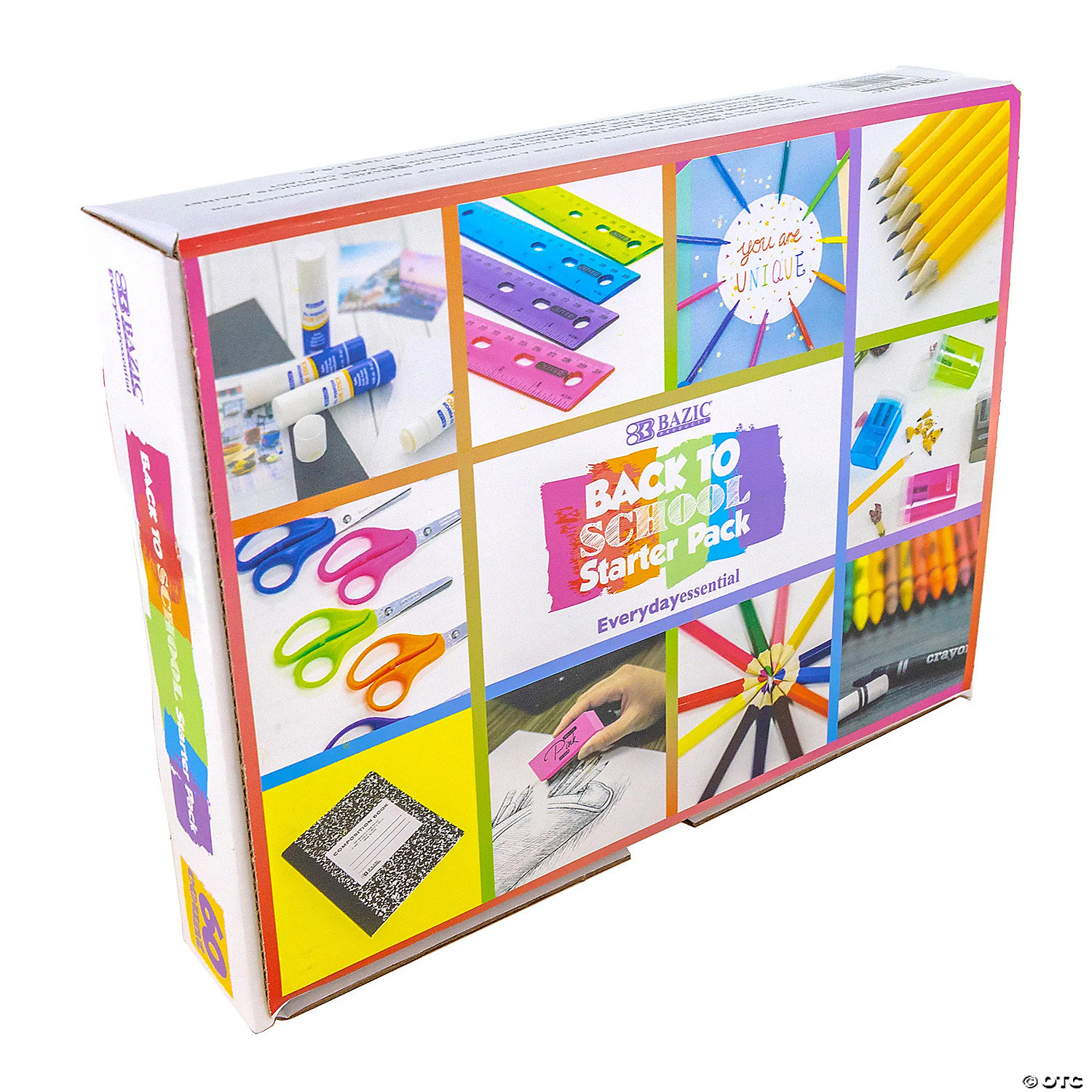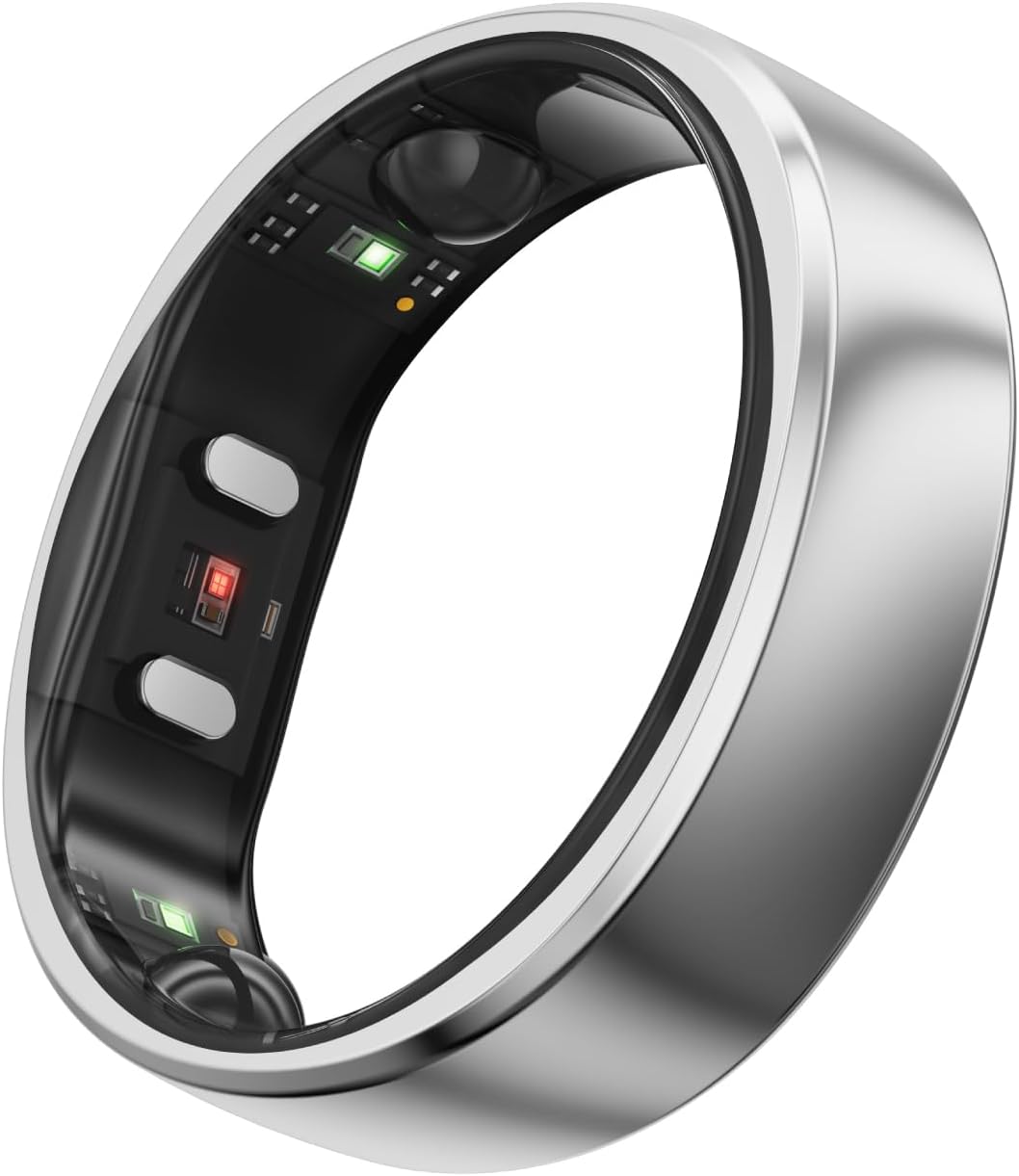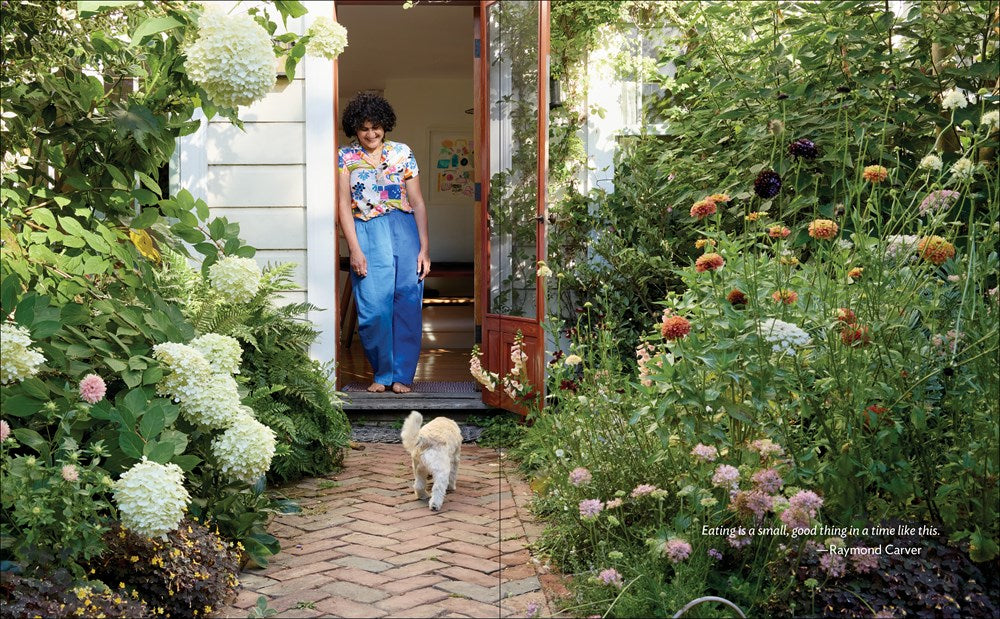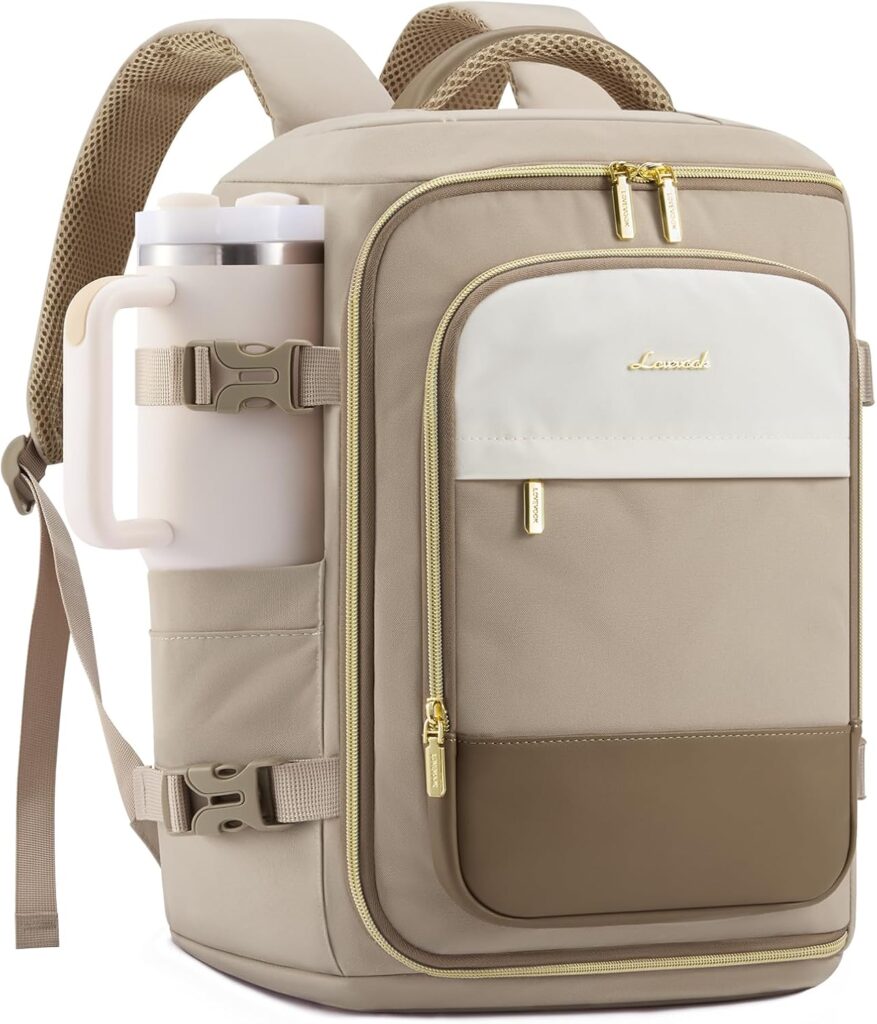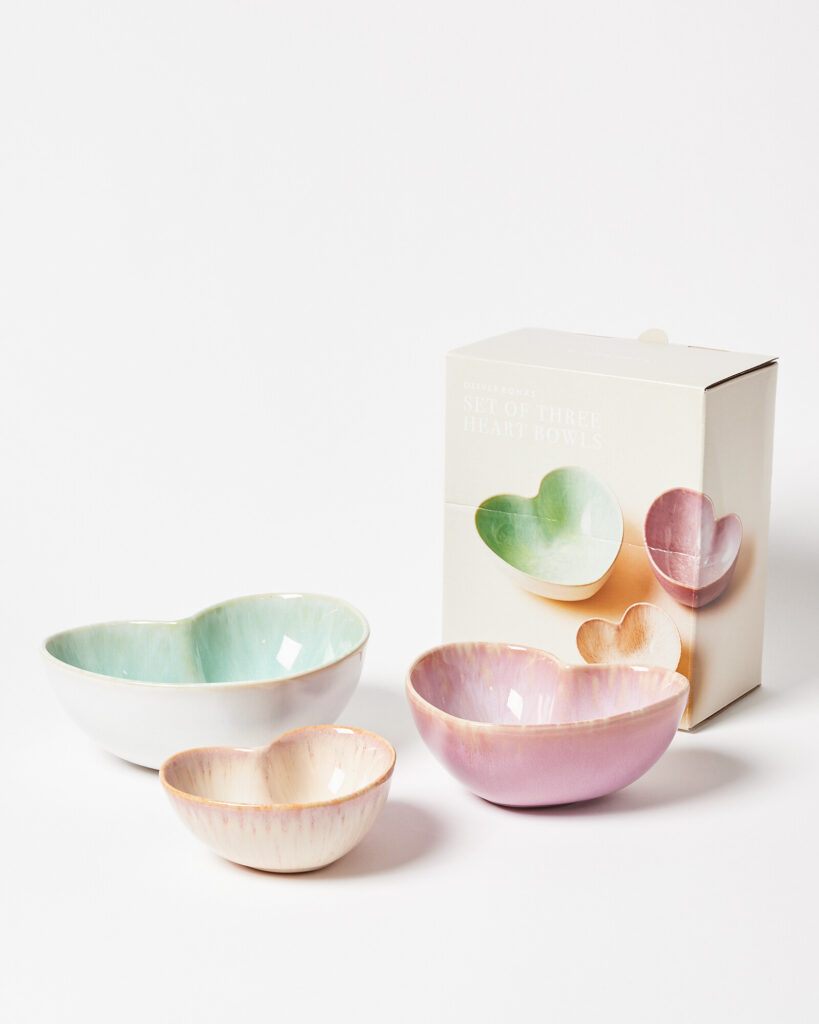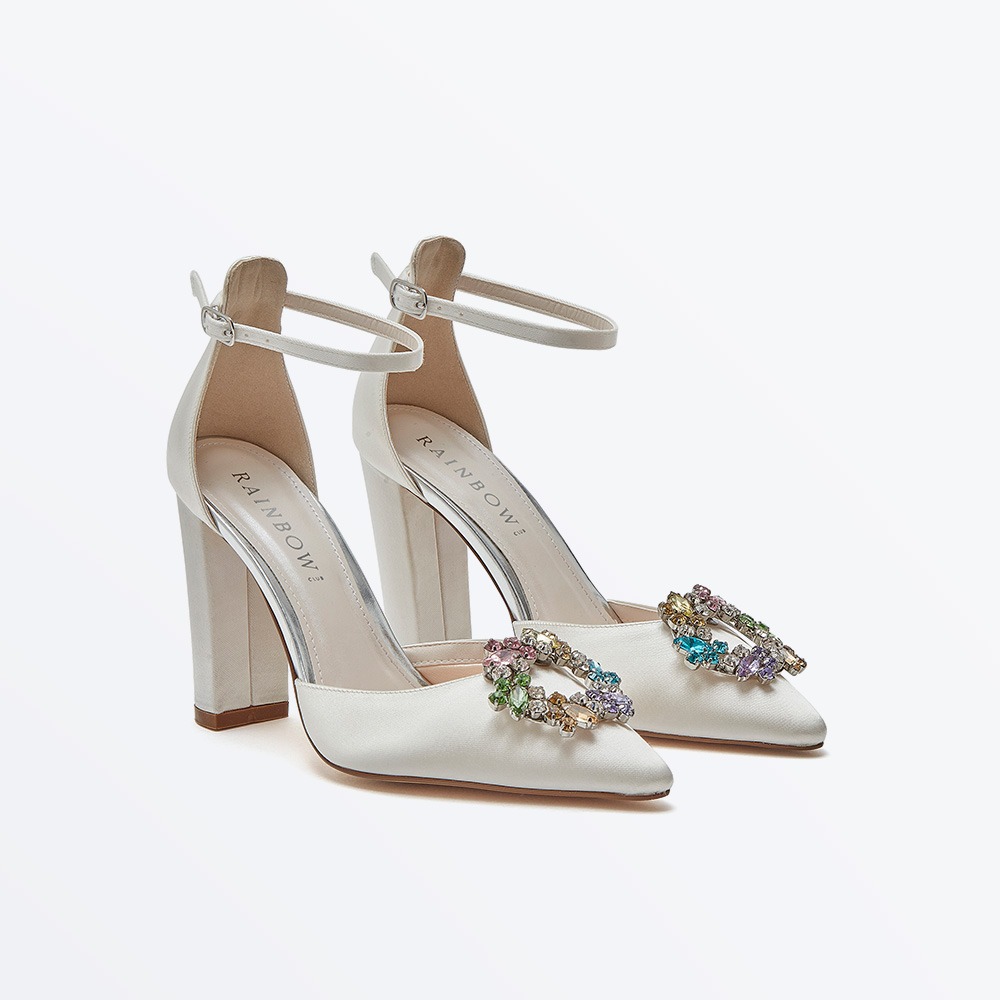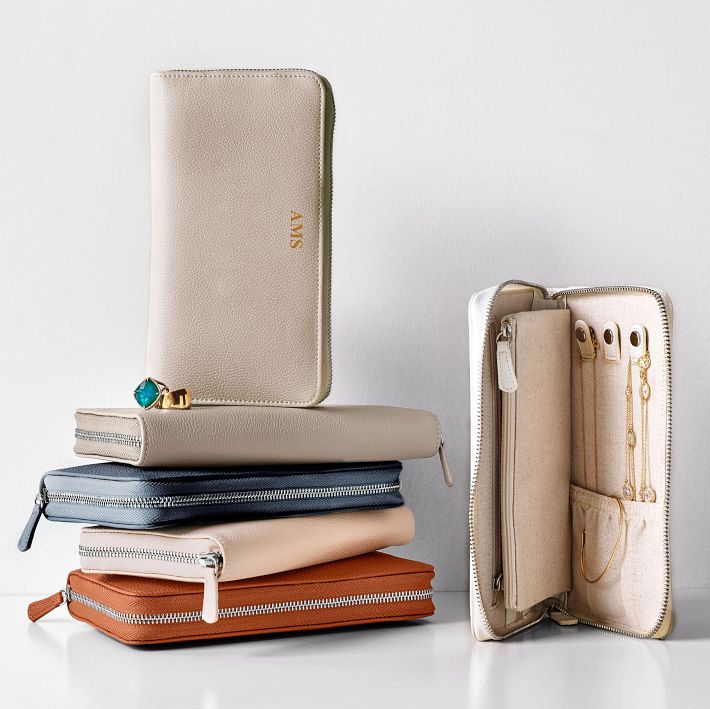New parents quickly learn that baby skin tells the story of the day: rosy from wind at the park, a bit chafed after drool marathons, or dry from nursery heaters. The goal isn’t a complicated routine; it’s a calm, repeatable ritual that prevents cranky cheeks and keeps photos adorable. This guide breaks down how infant facial skin works, where daily moisture fits, how to prep and apply (without wrestling a wiggly co-star), and how to adjust for seasons and travel—anchored by the texture-first design of Evereden Protecting Baby Face Cream.
Shop Evereden Protecting Baby Face Cream
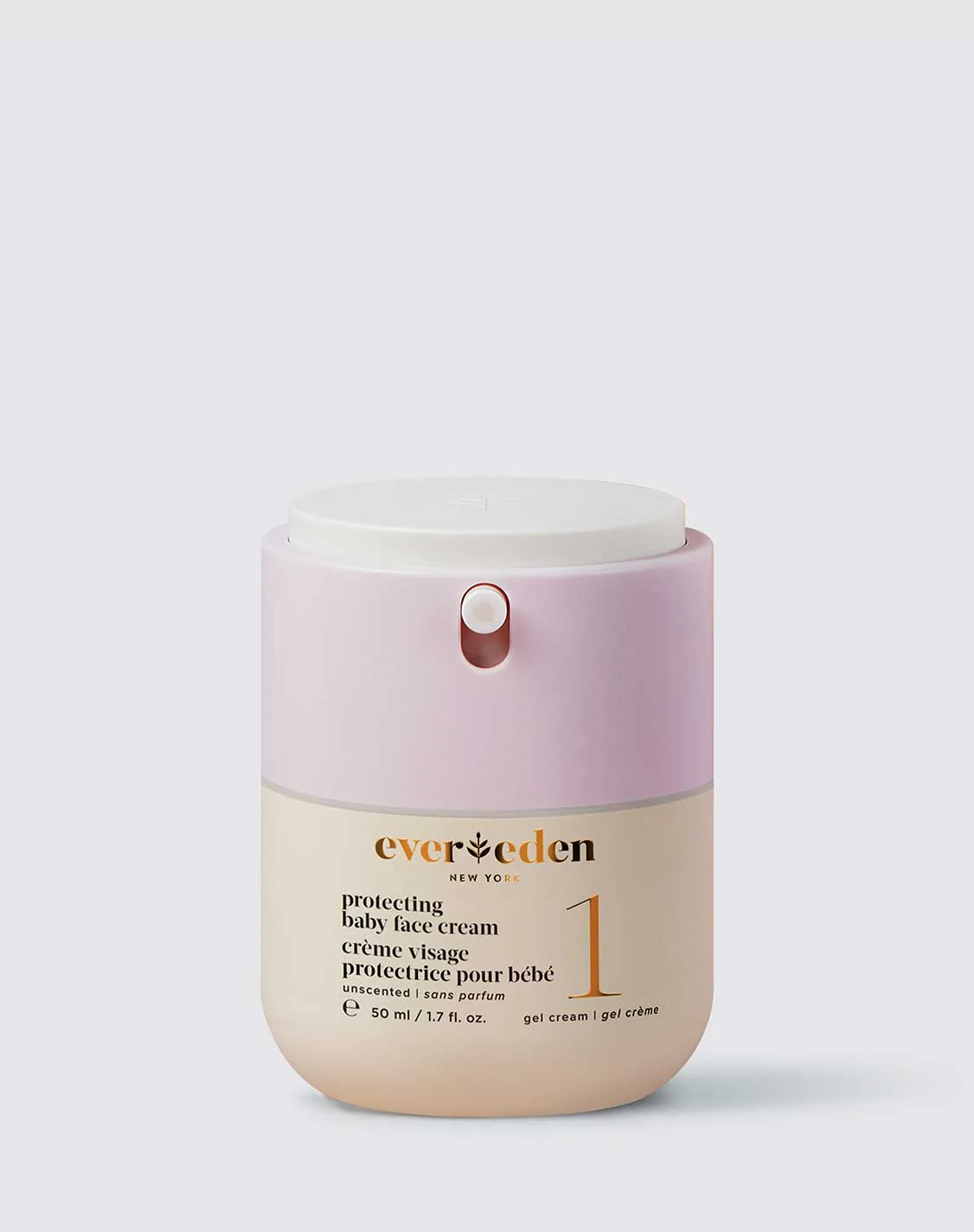
Why Baby Facial Skin Needs Special Treatment
Infant skin barrier is still maturing. It can lose water more quickly and react faster to friction, saliva, cold air, and heat. The cheek-chin zone gets the worst of it: bottle drips, nursing contact, pacifiers, and constant wipe-downs. A good face cream for babies has three jobs:
- Replenish water with humectants so skin feels soft, not tight.
- Seal moisture with lightweight occlusives to defend against wind, drool, and dry indoor air.
- Soothe with calm-first ingredients and a texture that spreads easily (because your “client” is mobile).
Evereden Protecting Baby Face Cream is formulated to be that daily buffer—quick to apply, comfy on small faces, and easy to re-up after cleanup.
The “Clean → Seal → Shield” Routine (Two Minutes, Big Win)
1) Clean (gently). After meals or drool-fests, wipe with warm water on a soft cloth, then pat dry. Skip harsh soaps on cheeks unless there’s visible debris; over-cleansing can dry the barrier.
2) Seal (moisturize). Smooth a pea-size amount of Evereden Protecting Baby Face Cream over cheeks, nose folds, and chin. Think thin, even film—not frosting. The lightweight occlusives lock in comfort without a greasy look.
3) Shield (reapply when life happens). After runny-nose wipes, pacifier time, or windy outings, add a micro-dot and re-spread. Frequent thin layers beat one heavy application.
For night, apply after bath when skin is slightly damp—this is your longest “quiet period,” so hydration works overtime.
Texture & Spread: Why Application Feel Matters
If a cream drags or pills, you’ll avoid using it—and baby will avoid you. Parents praise baby face creams that melt quickly and sit comfortably under bibs, hats, and snowsuits. Evereden Protecting Baby Face Cream is designed to be “one-hand friendly”: a small dab warms across fingertips and glides without tugging, which means you’re done before your little one wriggles away.
Shop Evereden Protecting Baby Face Cream
Morning-to-Bedtime Use Cases (Real Life, Not Just the Nursery)
- Breakfast splash zone: Wipe with warm water, pat dry, reapply a thin layer to cheeks and chin before bib goes back on.
- Stroller walks (windy/cold): Layer Evereden Protecting Baby Face Cream under the hat line and along cheekbones before you head out.
- Car seat naps (dry air): HVAC can parch skin; seal cheeks pre-drive, especially in winter.
- Pacifier days: The constant lip seal + saliva can irritate the perioral area; micro-reapply after each wipe-down.
- Post-bath: Damp skin + pea-size amount = peak softness for bedtime cuddles.
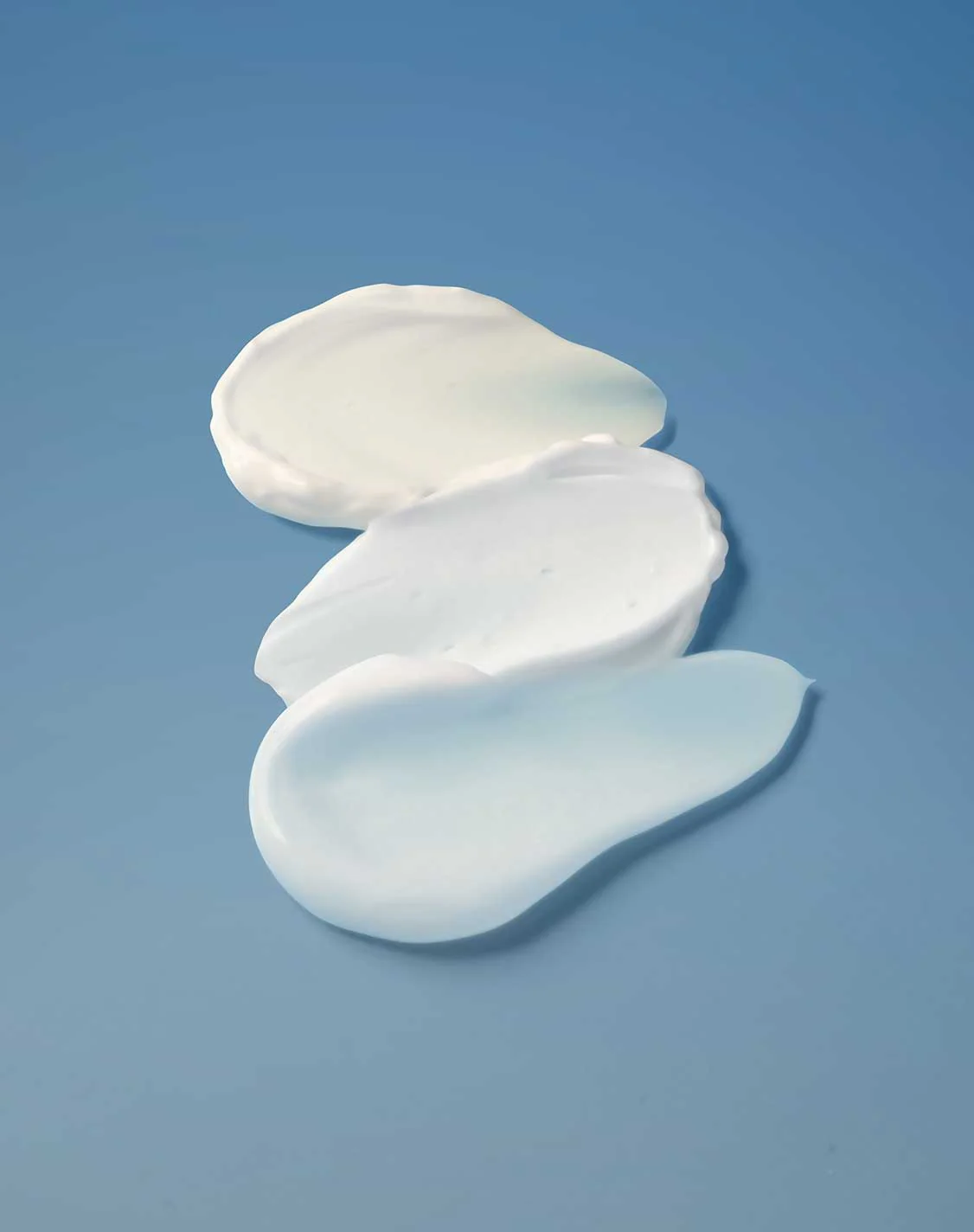
Climate Tweaks (Because Homes, Parks, and Planes Feel Different)
Dry heat / radiators: Humidify the room and moisturize cheeks morning + night. Limit long, hot baths; lukewarm is kinder.
Cold wind: Cream before exposure creates a buffer; consider a soft scarf over the carrier to reduce wind slap (never cover the face).
Humid summer: Keep layers light; use Evereden Protecting Baby Face Cream more as a spot-shield for drool and friction rather than a heavy all-over coat.
Air travel: Cabin air is desert-level dry. Apply pre-boarding and after long naps; keep a travel-size in your clear pouch.
A Parent’s Micro-Toolkit for Calm Cheeks
- Soft cloths: One for water-only wipes, one dry for patting.
- Barrier buddies: Evereden Protecting Baby Face Cream in the diaper caddy, stroller pocket, and your tote.
- Nose care: Use saline + gentle wipe technique; skin around the nostrils gets irritated quickly.
- Bibs with a purpose: Rotating absorbent bibs reduces chin-soak intervals (drool rash, who?).
- Laundry strategy: Fragrance-free detergent for items that touch cheeks; extra rinse if skin trends sensitive.
Shop Evereden Protecting Baby Face Cream
“Less Friction, More Cushion”: Handling Drool & Wipe-Downs
Wiping is necessary, but friction is the enemy. Use warm water and a soft cloth, pat dry (no scrubbing), then re-seal with Evereden Protecting Baby Face Cream. Around the mouth, apply with tapping motions to avoid tugging. For marathon teething days, repeat small applications more often instead of one thick layer; skin can breathe while staying cushioned.
Ingredient Mindset: What Parents Usually Look For
Parents often prefer baby face creams that avoid heavy fragrance, play nicely with sensitive skin, and include barrier-supporting emollients. While you’ll always follow your pediatric professional’s advice for your baby’s needs, the big idea remains the same: calm + seal + comfort. Evereden Protecting Baby Face Cream is designed with that principle so daily use feels simple and sensible.
One Hybrid Block (Bullets + Guidance): 30-Second Troubleshooter
- Red, shiny cheeks after wind? Lukewarm rinse → pat dry → thin layer of Evereden Protecting Baby Face Cream twice daily until calm.
- Chafed chin from drool? Increase mini reapplications (think rice-grain amounts). Keep bibs rotating and avoid fragranced wipes on the face.
- Dry patches near nose? Humidify the nursery, limit hot baths, and seal post-wipe with a pinpoint of cream.
- Product rubs off on hats/scarves? Use less and allow 1–2 minutes to set before dressing.
- Still fussy/irritated? Pause, simplify to water rinse + cream only for 24–48 hours, and consult your pediatric professional if irritation persists.
Shop Evereden Protecting Baby Face Cream
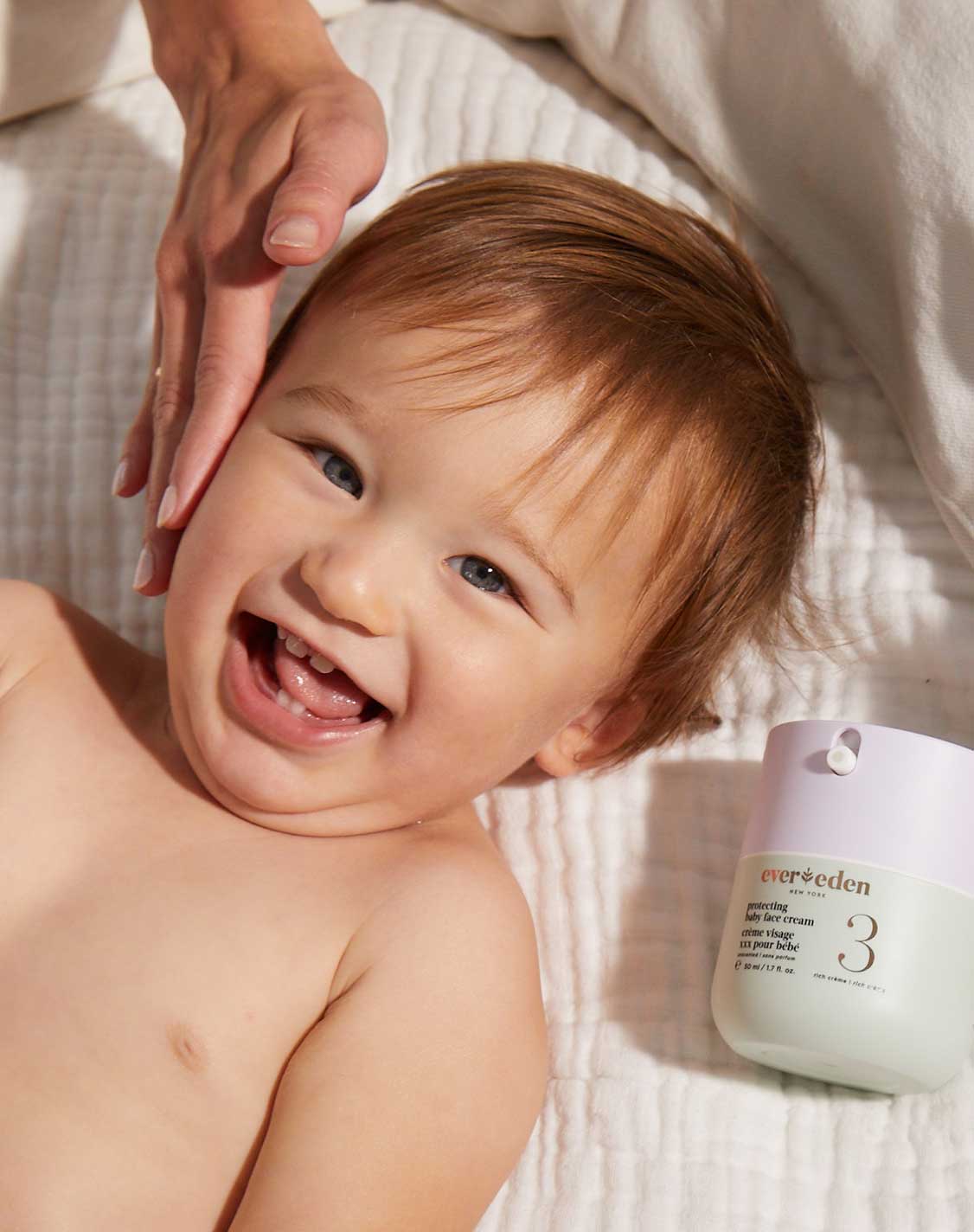
Safe, Simple Bath-to-Bed Flow
- Bath: 5–10 minutes, lukewarm, fragrance-free cleanser as needed.
- Pat dry: Leave a whisper of dampness on cheeks.
- Seal: Pea-size Evereden Protecting Baby Face Cream across cheeks and chin; a micro-dot near nose folds if they look dry.
- Dress: Soft cotton or modal that won’t rub—then bedtime stories.
Out-of-Home Scenarios (Daycare, Grandma’s, Vacations)
- Daycare: Label a tube, ask caregivers to reapply after meal cleanups and outdoor time. Send soft cloths if your baby is wipe-sensitive.
- Grandparents: Leave a “face kit” in a zip pouch: Evereden Protecting Baby Face Cream, two cloths, tiny spray bottle for warm water, and mini saline for stuffy days.
- Vacations: New climates = new routines. Pack a travel size; use more frequent thin layers on flights and in windy coastal air.
Laundry & Fabric Choices That Help Skin
Choose bibs and onesies in soft, breathable fabrics (cotton, modal). Wash with fragrance-free detergent, skip heavy softeners (they can leave residue), and add an extra rinse for face-touching items. Hats should be soft at the hairline and cheek edge; tight elastics can mark delicate skin.
Partners & Caregivers: Quick Coaching Script
- “Warm water wipe, pat dry—no scrubbing.”
- “Rice-grain of Evereden Protecting Baby Face Cream on cheeks and chin, tap it in.”
- “Reapply after snacks, pacifier time, and wind.”
- “If redness sticks around, we simplify and check with our pediatric professional.”
This keeps everyone aligned and baby’s cheeks consistently comfy.
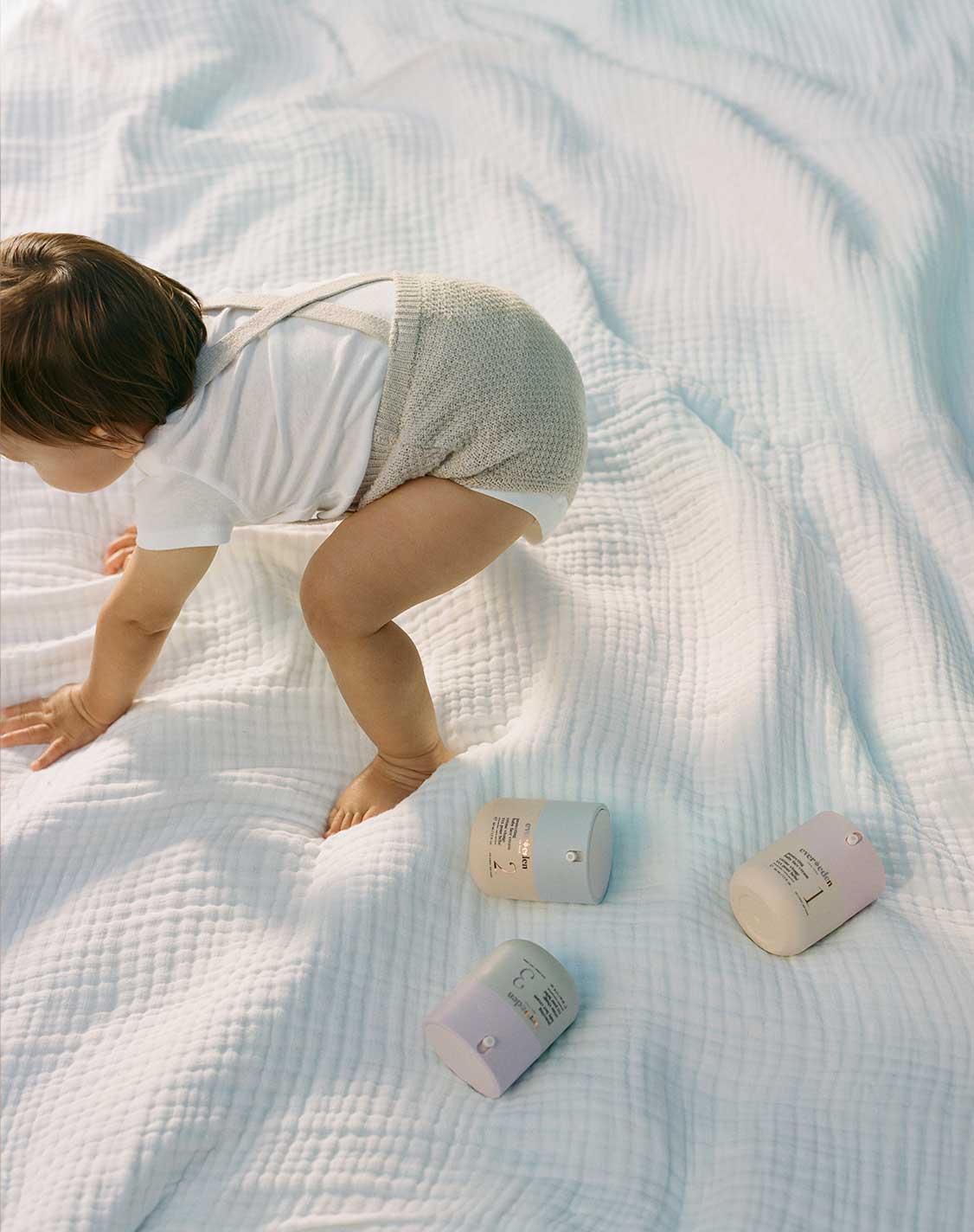
Conclusion
Happy cheeks aren’t an accident; they’re the result of small, repeatable choices. Keep wipes gentle, moisture steady, and friction low. Build a two-minute routine—clean, seal, shield—and replay it after meals, walks, and naps. A calm, spreadable formula like Evereden Protecting Baby Face Cream makes the habit easy: it cushions against drool and weather, locks in softness after baths, and takes seconds to reapply on the go. Your reward? Comfortable skin, fewer fussy moments, and a camera roll full of glowingly calm baby faces.
Shop Evereden Protecting Baby Face Cream
FAQ
- How often can I apply baby face cream?
As often as needed. Thin layers after each wipe-down or outdoor exposure are better than a single heavy coat. Focus on cheeks, chin, and nose folds. - Can I use it on newborns?
Follow guidance from your pediatric professional for your baby’s age and needs. In general, keep routines simple: gentle water wipe, pat dry, then a small amount of Evereden Protecting Baby Face Cream. - What about drool rash around the mouth?
Reduce friction (soft cloth, pat—not scrub), then re-seal with a tiny amount of cream. Reapply frequently during teething days. - Should I put sunscreen on my baby’s face instead?
Under 6 months, follow pediatric guidance and prioritize shade/coverage. For older babies using sunscreen, apply face cream first to comfort skin, then sunscreen as directed before outdoor time. - Will the cream feel greasy under hats or bibs?
It’s designed for a comfortable, quick-absorbing feel. Use a pea-size total for the face and let it set a minute before dressing. - What if the cheeks stay red or rough for days?
Pause extras, keep it simple (water rinse + cream), and consult your pediatric professional to rule out eczema or contact irritation. - Can I use it anywhere else?
Yes—many parents apply small amounts to other dry spots (behind ears, neck folds). Always avoid direct contact with eyes and follow label directions. - How should I store the tube?
Room temperature, cap closed. Keep one at the changing station and a travel size in your diaper bag for quick reapplications.

